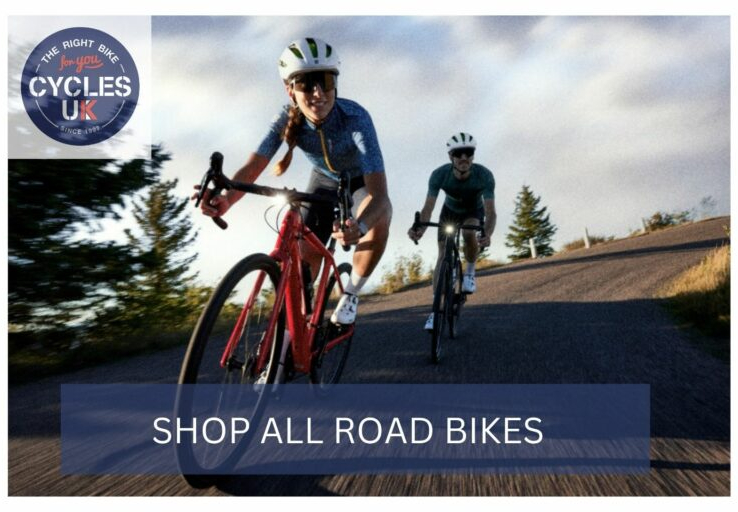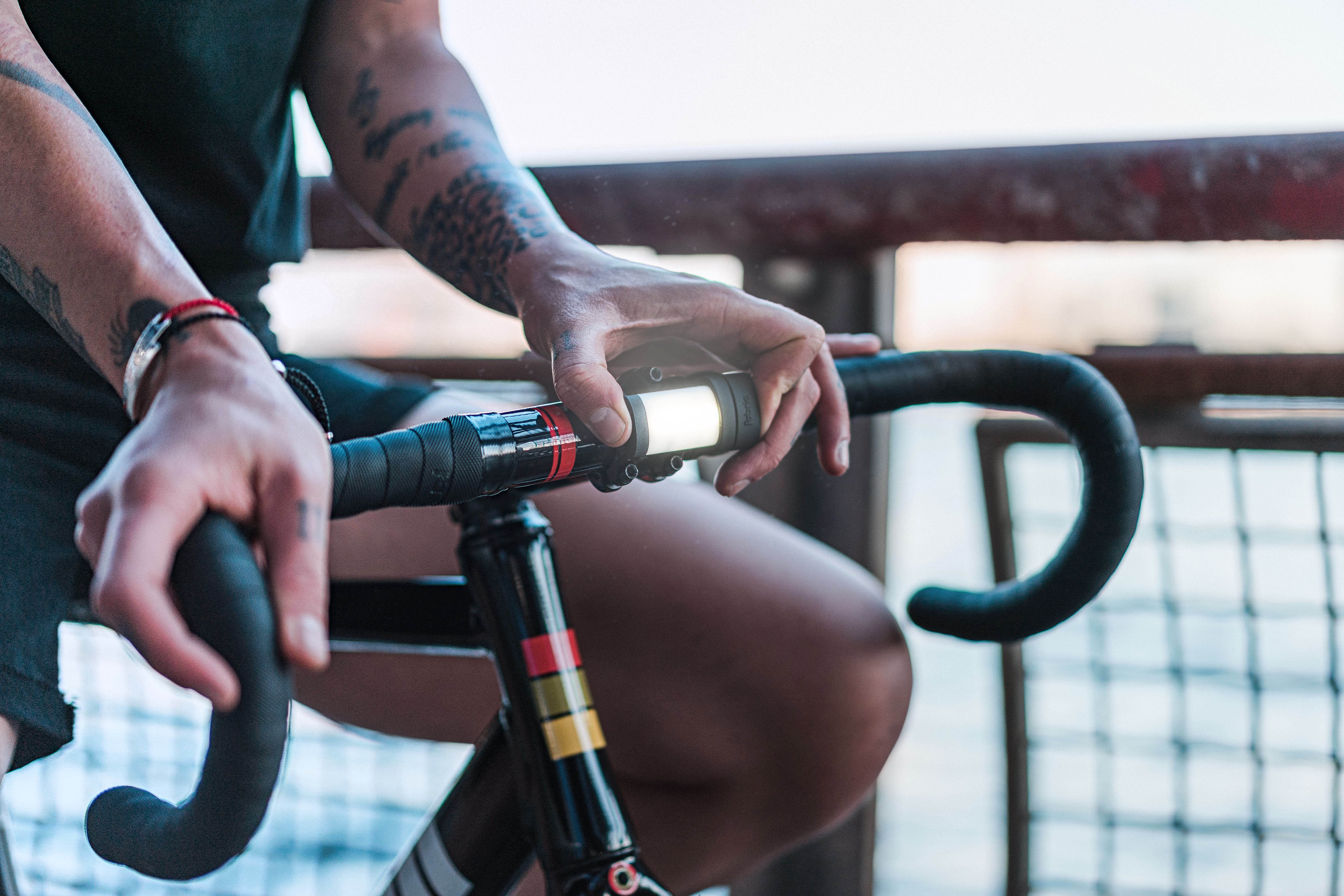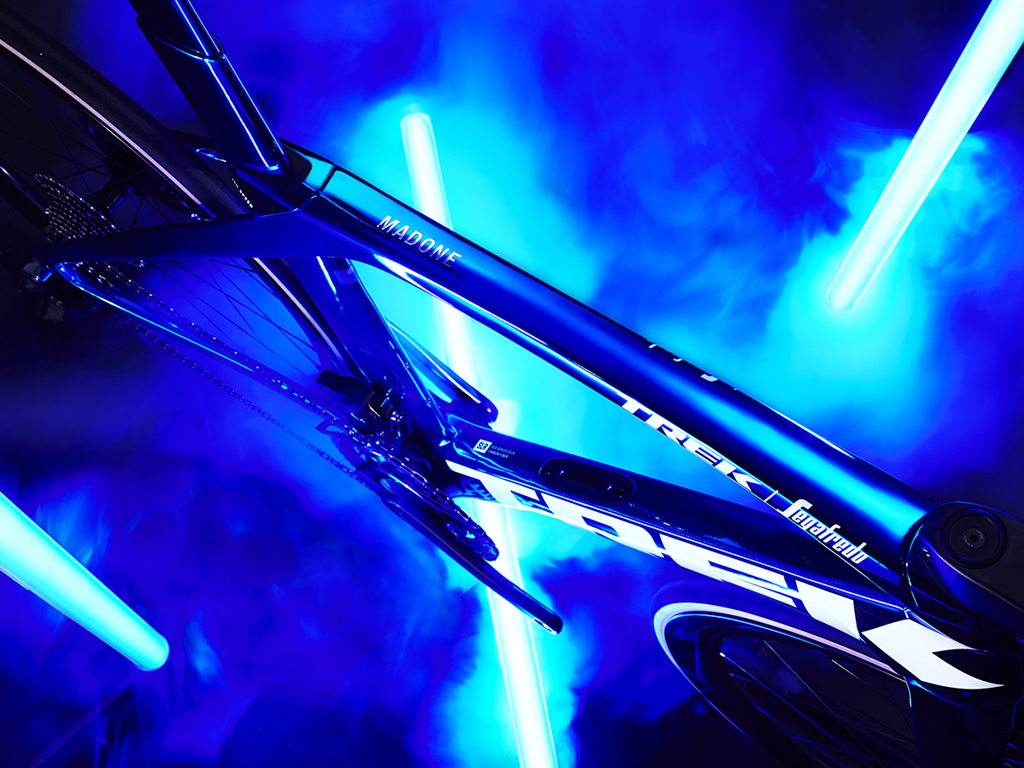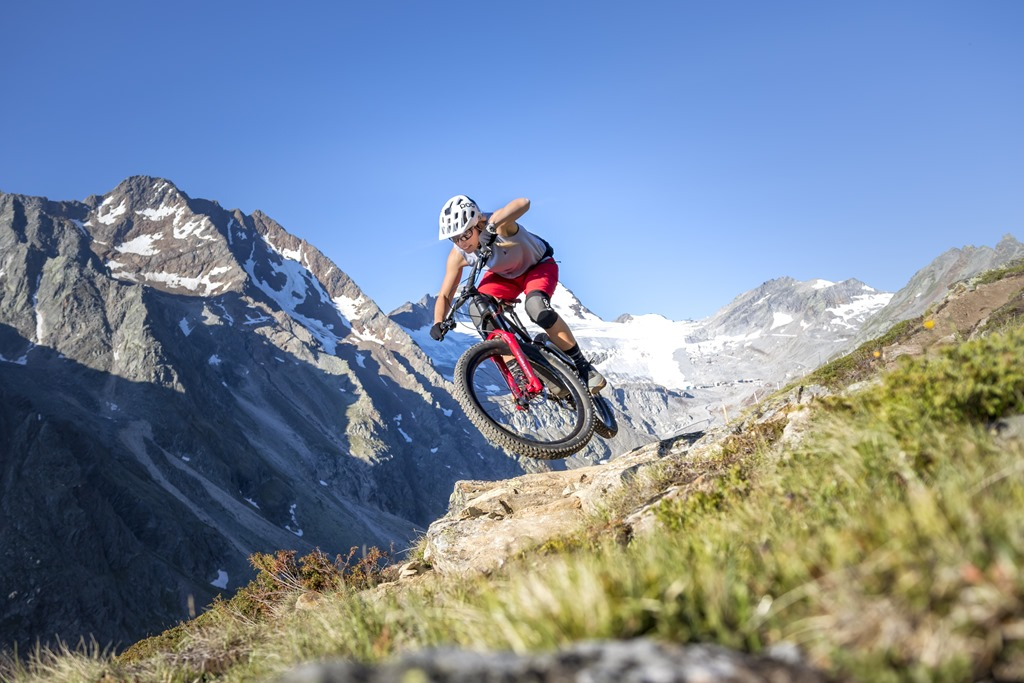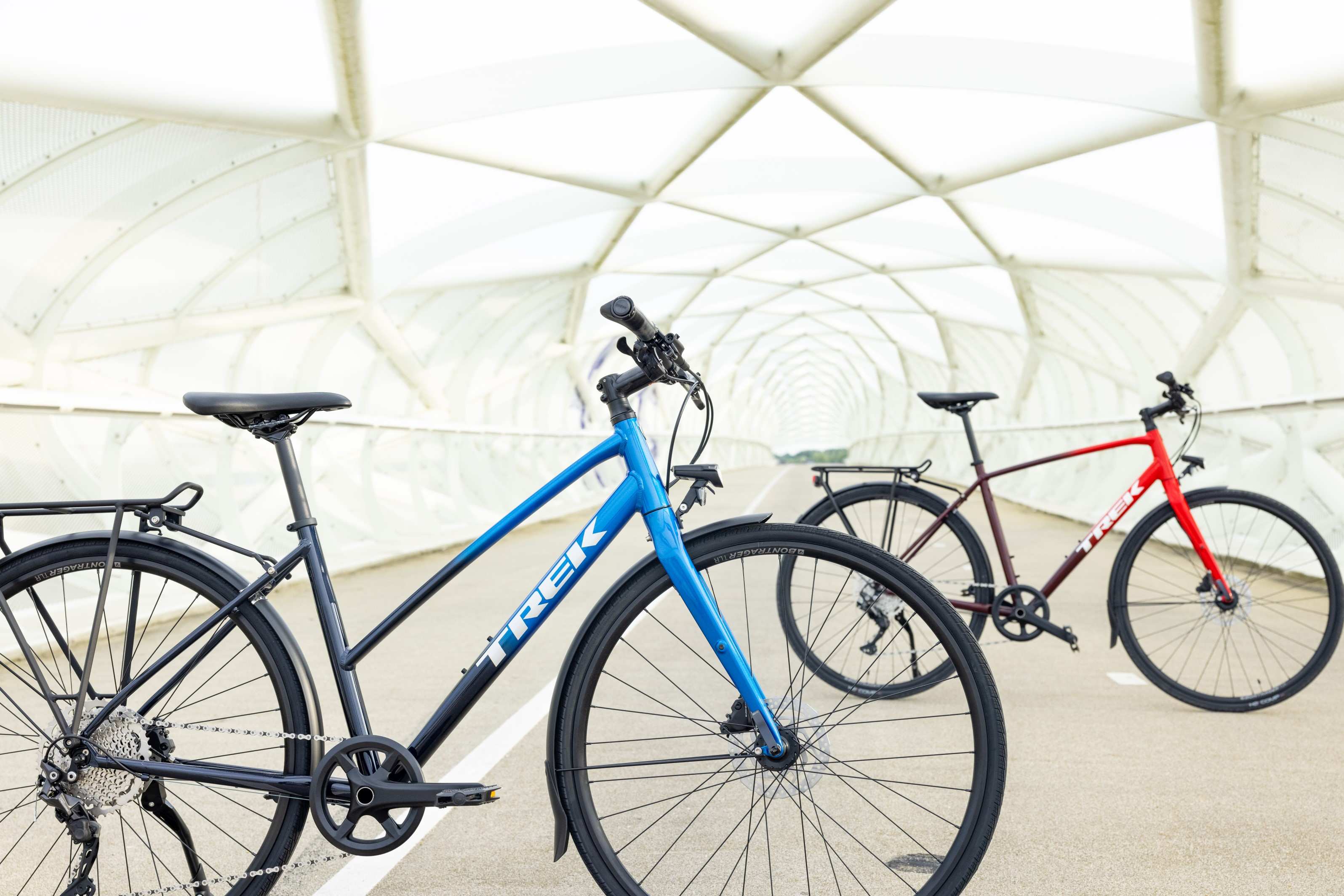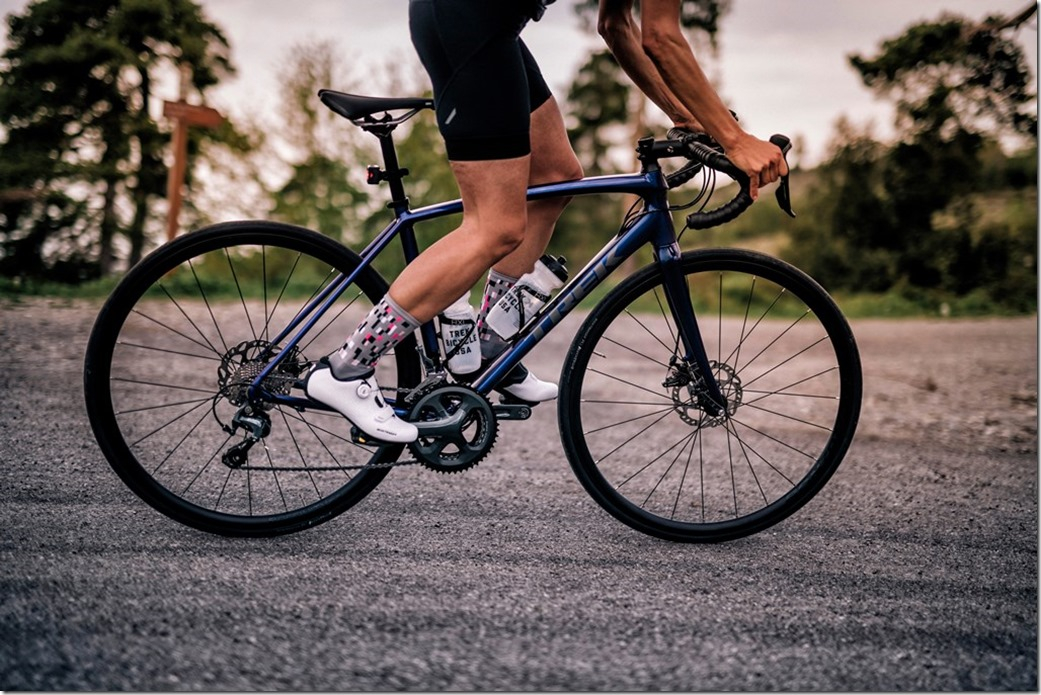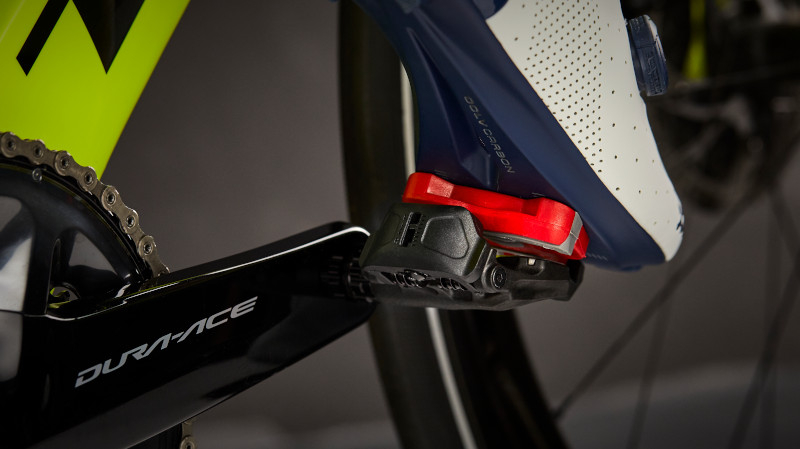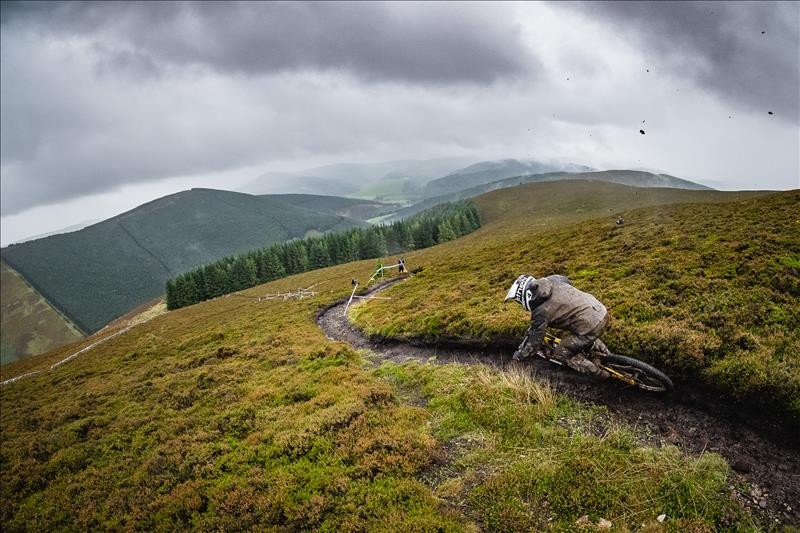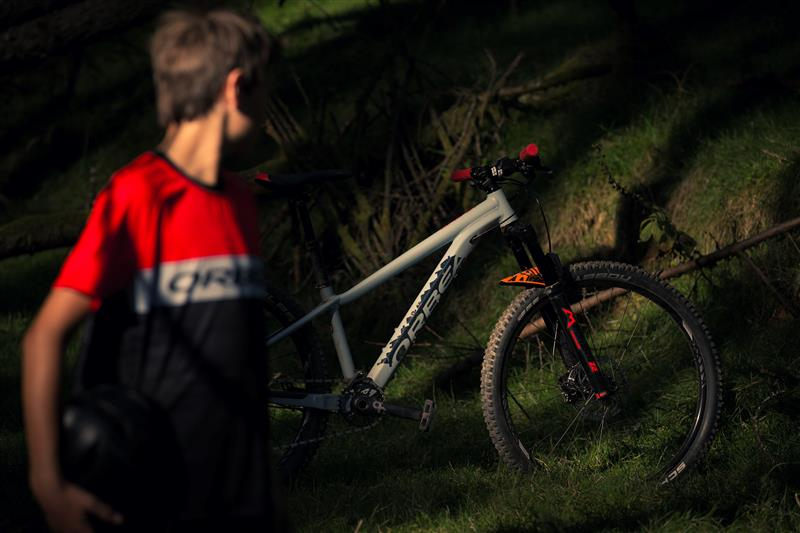Road Bike Buying Guide
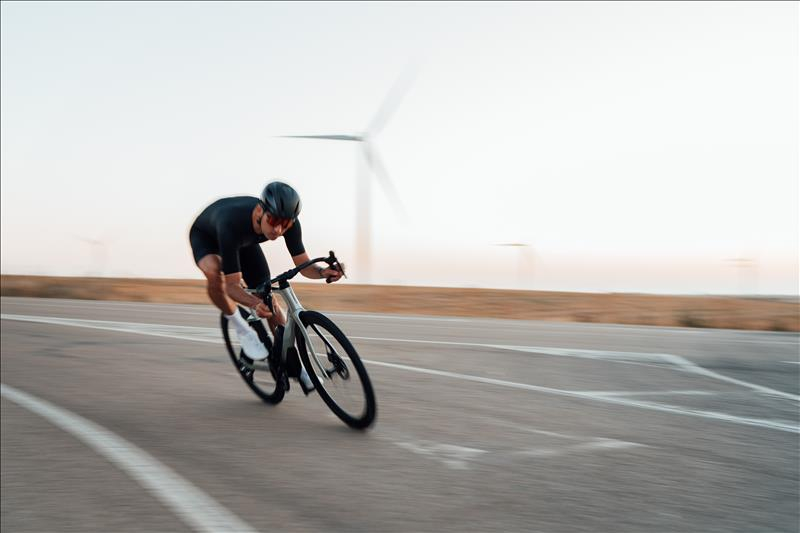
Road Bike Buying Guide
Road bike technology has changed a lot in the last couple of years. If you're new to road cycling, or returning after a few years, it can be difficult to know what to buy. In this road bike buying guide we are going to take you through the main choices.
Nothing beats the feeling of effortless speed you get on a road bike. There are lots of reasons to ride a road bike, from the simple joy of it, to racing, long distance challenges, or café rides with friends. Whatever you want to do there will be road bike out there for you.
Men’s and Women’s road bikes
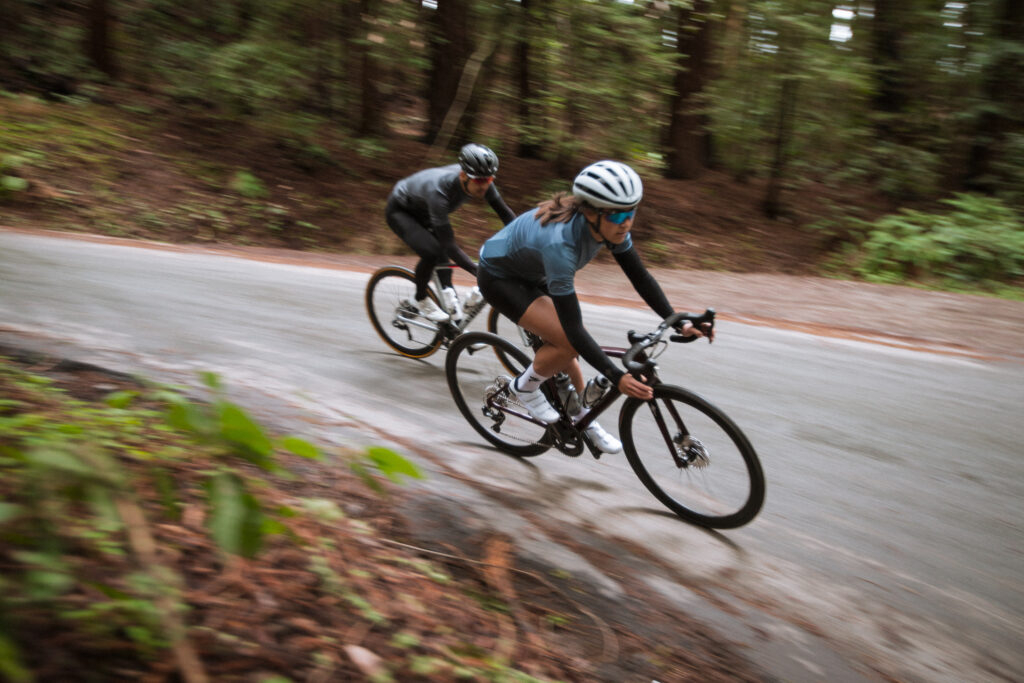
Nearly all manufacturers have stopped making dedicated men’s and women’s bikes. They are now all unisex. What you will see is that on smaller bikes, brands will often fit a wider saddle (generally more female friendly). On larger bikes they will often fit a narrower one (generally more male friendly).
Disc or rim brakes
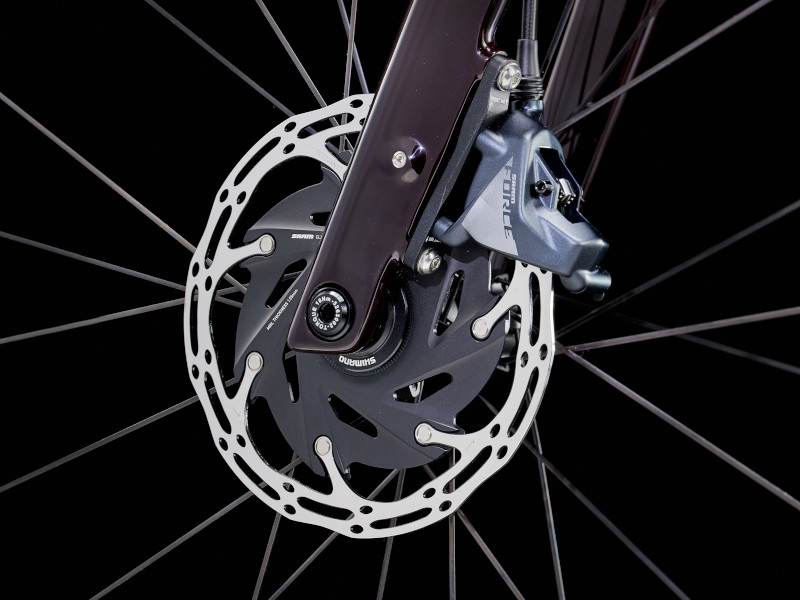
It is getting increasingly hard to buy new bikes with rim brakes as the industry has almost exclusively switched to discs. The reasons for this are pretty simple. Disc brakes are much, much, more powerful than old rim brake systems so you can stop a lot more easily and safely. Disc brakes also allow much bigger tyres to be fitted which is more comfortable. Older disc brake systems did often suffer from rubbing and squeaking. While this hasn’t been completely fixed yet it is much less common on modern bikes with hydraulic brakes. Mechanical disc brakes can still take a bit of fettling to get them right so go for hydraulic if you can.
How wide are your tyres?
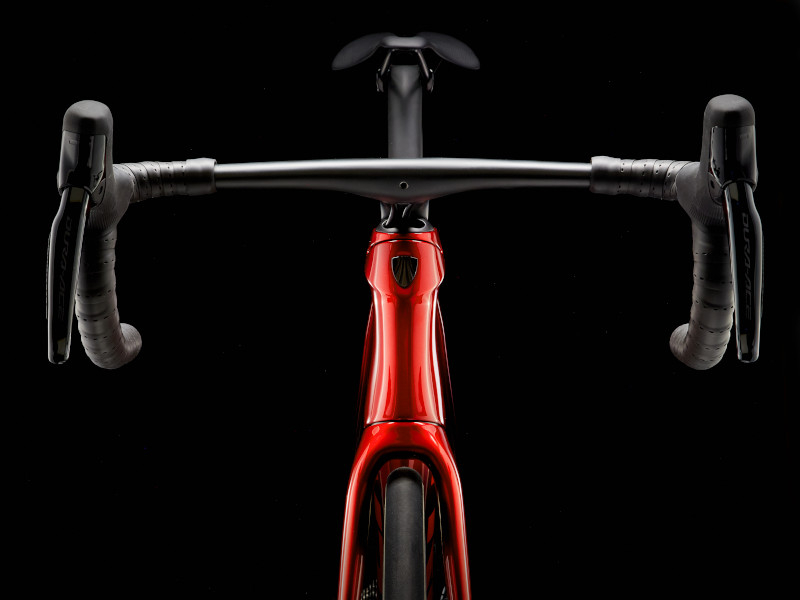
One of the reasons the bike industry loves disc brakes is they let you fit much bigger tyres. A few years ago a 23c width tyre was the industry standard. Now most bikes are coming with 28c fitted and many manufacturers are boasting about being able to fit 32c or bigger tyres on their race bikes. To most people having a narrow slick tyres would logically be faster as there is less surface area, and so less friction. What modern wind tunnel, and real world, testing has revealed is that a wider tyre is often faster.
Wider tyres (up to a point) work better aerodynamically. They also help to soak up more bumps, making the bike smoother and more stable to ride. This means you can stay in the saddle pedalling at full power on rougher sections of road. You will also get less fatigued over a long ride.
There are still some road bikes on sale which top out at 28c width tyres. This will limit your choice of tyres so think about whether you want to go for a bike with bigger clearance.
Aero is everything
Aerodynamics have been one of the biggest areas of development on road bikes. Traditionally it was all about how light you could make a bike to the point that the UCI (cycling’s governing body) put a minimum weight limit on bikes of 6.8kg. This was to stop people riding unsafe bikes. With the advent of wind tunnels and computer modelling designers have learnt to make bikes more aero instead. Now they can make bikes which are light but also cut through the air more efficiently. So you get the same speed for less effort. This obviously matters in top end racing but also doesn’t do you any harm on a 100 mile ride, or when struggling to keep up on fast group ride.
Carbon or aluminium
Carbon fibre is the technology for most modern bikes over about £2000. It is light and strong and can be moulded into all kinds of shapes to make areas of the bike stiffer and stronger. However a good aluminium frame can still ride much better, and be faster, than a bad carbon frame.
Endurance or race
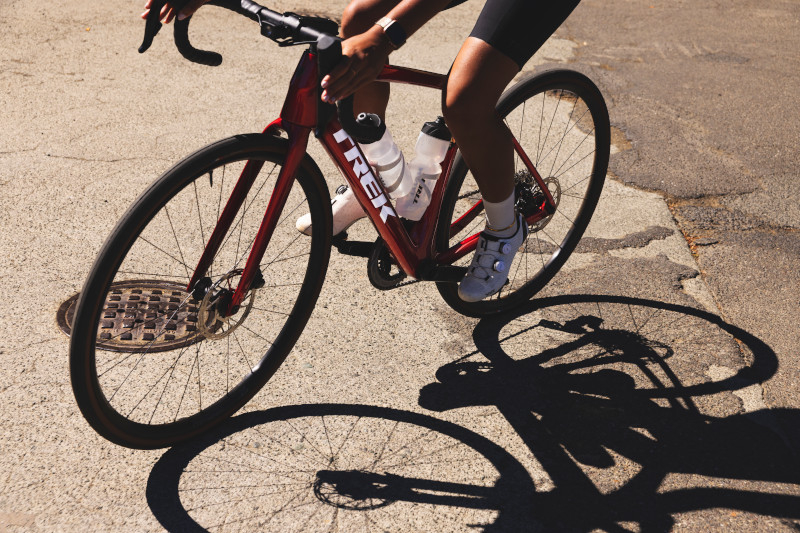
Most brands now split their road bikes into endurance and race categories. As you would expect race bikes are designed to be as fast and light as possible with an aggressive riding position. Unless you are super fit and flexible this can often mean they are uncomfortable to ride for more than a couple of hours. Endurance bikes are designed to be a little bit easier to live with. They generally have a slightly more upright riding position and are more comfortable to ride over long distances, especially on rough roads. For your average recreational cyclist an endurance bike is generally the way to go.
IsoSpeed, FutureShock and SAVE

Many of the endurance road bikes currently on the market have some form of suspension built into them. With Trek you get IsoSpeed which is a small decoupler that allows the seat post to move independently from the rest of the bike, but in a very controlled way. This soaks up some bumps while still keeping the bike feeling fast and responsive. Specialized have their FutureShock system which does a very similar job but at the front of the bike, allowing the fork to move slightly to soak up bumps. Other manufacturers, such as Cannondale, achieve the same kind of effect by layering their carbon fibre in clever ways to produce areas of the frame which can flex under load. They call this SAVE micro suspension. All of these systems are tried and tested and are pretty low maintenance.
Gearing and Maintenance Costs
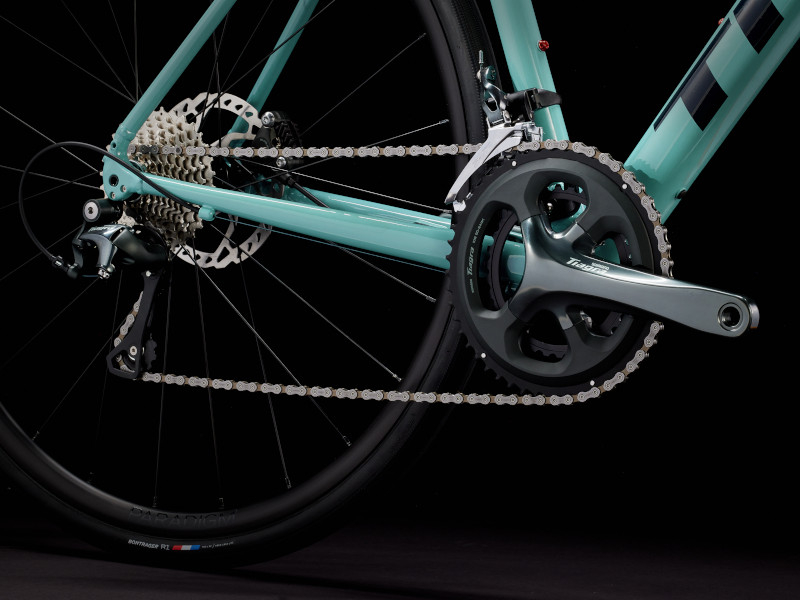
The majority of modern road bikes will come with either Shimano or SRAM gearing. You will normally see that manufacturers have a range of bikes which come with different levels of gears. They all fundamentally work in the same way but they will be lighter, and smoother shifting the higher up the range you go. So you will see entry level bikes with Shimano Claris, the next bike in the range will normally be Sora, then Tiagra, then 105. Once you get above £3000 you’ll then get into Ultegra and Dura-Ace and you will also start to see electronic gears (Di2 or eTap) which are lighter and nicer again.
One thing to think about is the cost of maintenance. As an example a new Shimano 105 rear mechanical derailleur is around £50, a mechanical Ultegra rear derailleur is about £80. With electronic systems you will be ranging from £200 to £500 for a new derailleur. So have a think about how much you’ll be happy shelling out for spare parts before buying a really top end bike.
Find out more about road bike gearing in our dedicated guide
Tubeless and carbon wheels
A lot of road bikes are now starting to come with tubeless ready wheels and tyres. Tubeless systems contain a fluid that will seal up small punctures such as thorns as you ride, meaning less stops for punctures. You can also run lower tyres pressures with tubeless systems for better grip. This is definitely looking like the way the industry is moving so going for a tubeless ready bike gives you the option to use the latest tech.
On higher end bikes you will also see carbon wheels. They are lighter and stiffer, and most will also have deeper section rims which are more aerodynamic, so you get more free speed. The downside of the deep section rims is that they can be noisy and also make the bike difficult to handle in cross winds.
While modern carbon wheels are extremely strong they can also be brittle, or chip, if they take a hit in the wrong direction. A lot of riders will have a set of carbon wheels that they use for racing, and then a cheaper set for training rides on rough, potholed, roads. So have a think about where you will be riding and whether carbon wheels suit your needs.
Our favourite road bikes
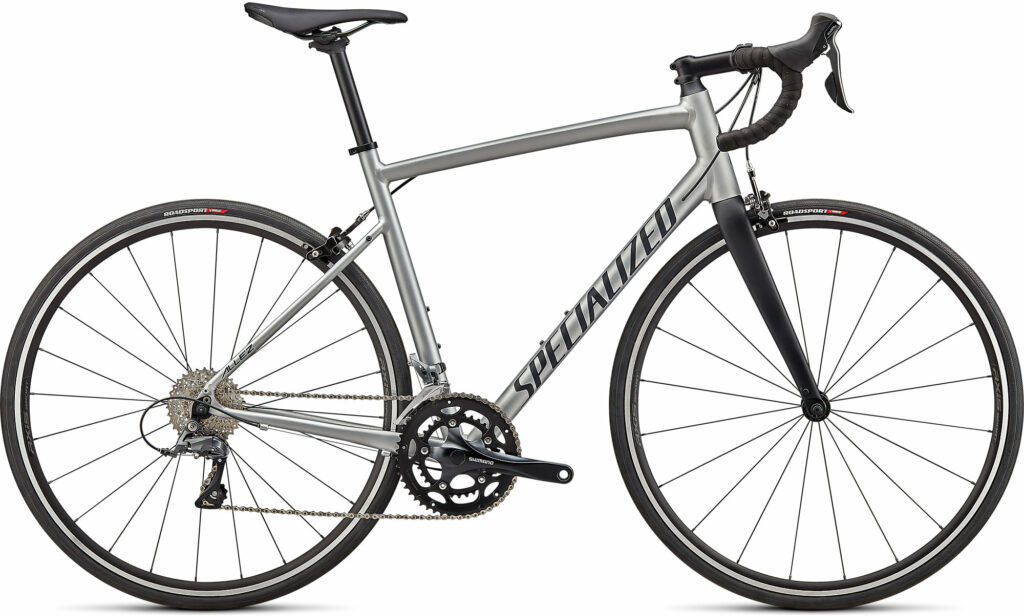
The Allez has been the benchmark ‘beginners’ road bike for years. It rides like a proper road bike should and is plenty fast enough to do club rides, charity challenges or your first triathlon on. It’s a pretty simple bike with 2x8 speed Shimano Claris gearing and rim brakes. It comes with a good quality aluminium frame and a carbon fork.
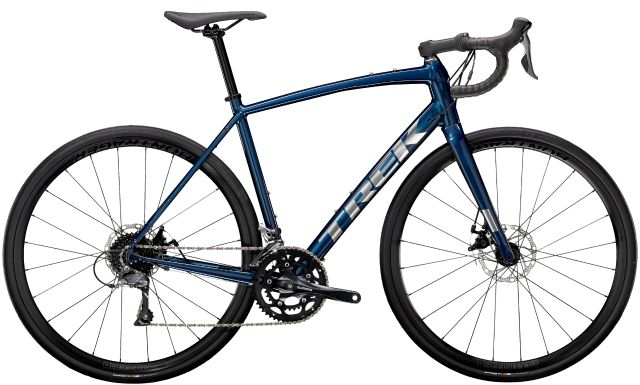
The Domane bikes are Trek’s endurance offering. They come with more relaxed geometry and wider tyres. Trek rate the Domane bikes for ‘light gravel’ use so they can also handle the odd off-road excursion and they come with the mountain points for mudguards and pannier racks. This makes the Domane a great option for commuting or light touring as well as general road riding. The Domane AL 2 Disc is the entry level disc brake bike in the range. It comes with the same 8 speed Shimano Claris gearing as the Allez but also has Tektro mechanical disc brakes.
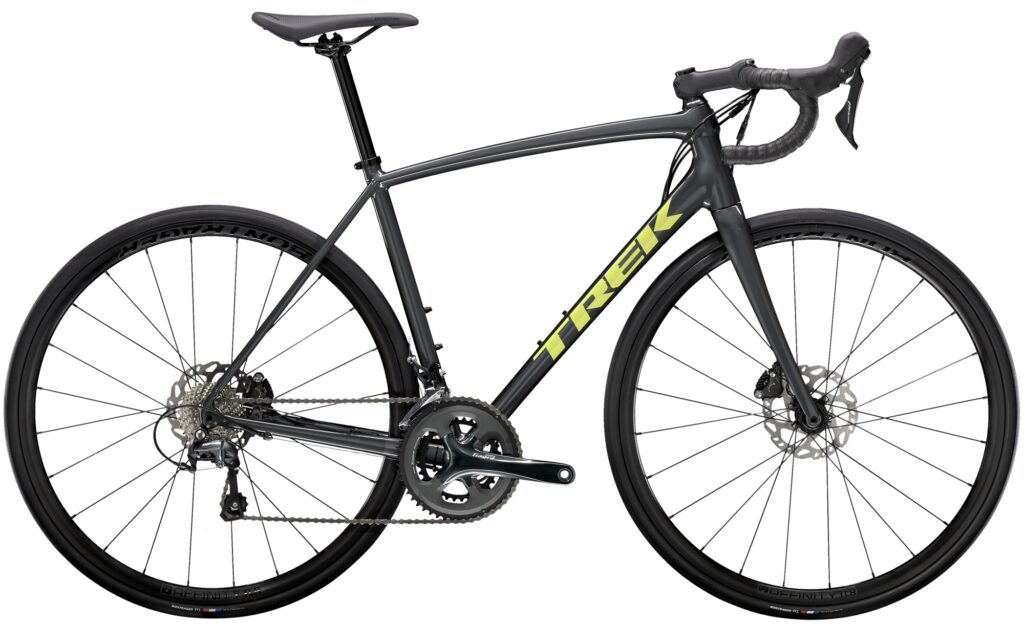
Where the Domane is an endurance focussed bike the Emonda is race focussed. It is built to be lightweight and dance up climbs. The ALR version of the Emonda comes with a high-end lightweight aluminium frame and carbon fork. With 2x10 speed Shimano Tiagra gearing and hydraulic disc brakes this is a well equipped, yet affordable bike. It’s great for fast group rides and you can race on it as well. We also sell a lot of them as winter bikes for people who want to keep their really posh carbon bike inside during the worst weather. Trek normally do these bikes in one boring colour and one fancy one. For 2022 they have had a red to marigold fade option. For 2023 they are doing one in ‘living coral’.
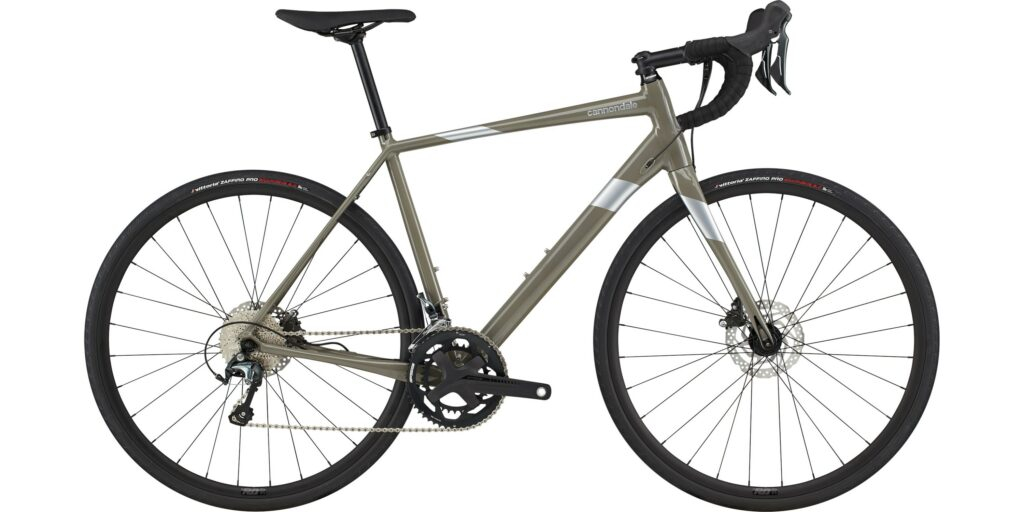
The Synapse 1 comes with the same 2x10 speed Shimano Tiagra gearing as the Trek Emonda. It comes with an aluminium frame and carbon fork. The Synapse is an endurance bike and like the Trek Domane AL is rated for ‘light gravel’ use with the ability to take tyres up to 32mm. Also like the Domane it comes with mudguard and rack mounts. The Synapse uses Cannondale’s SAVE technology to build in small areas of flex in the frame to soften the ride without any moving parts. Like the Domane the Synapse is good all-rounder and can handle group rides, commuting, light gravel and light touring.
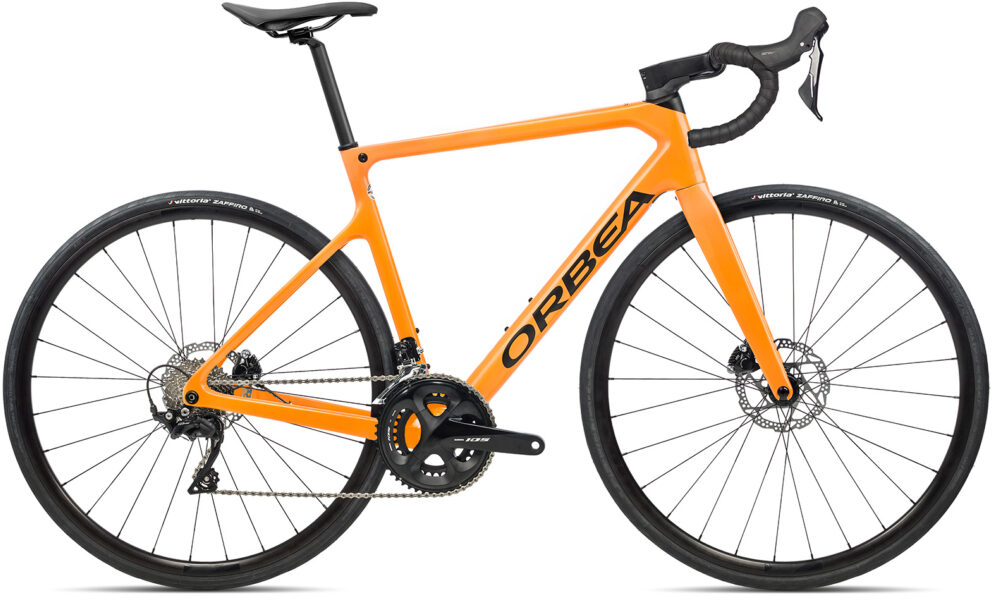
With the Orca we step up to carbon framed bikes. Orbea’s design philosophy is that road bikes should be light, fast and beautiful. They believe that people ride road bikes because they love the performance feel and have built their bikes to meet this. The Orca is basically a race bike but Orbea have softened it slightly in recent years to be a little bit more comfortable on longer rides. But still this is a bike for riders who want to go fast. The M30 comes with 2x11 speed Shimano 105 gearing and hydraulic brakes for bomb-proof performance.

The Emonda SL comes with a carbon frame and fork. Like the Emonda ALR it is a light and race focussed bike. It comes with the same 2x11 speed Shimano 105 gearing as the Orbea Orca M30 but adds in a dose of extra aero tech. While the Orca is a reasonably aerodynamic bike Trek have really focussed on the aerodynamic performance of the Emonda to give you as much free speed as possible. This is a bike for racing or fast, flat out rides.
Trek Domane SL 6 Gen 4 - £4800
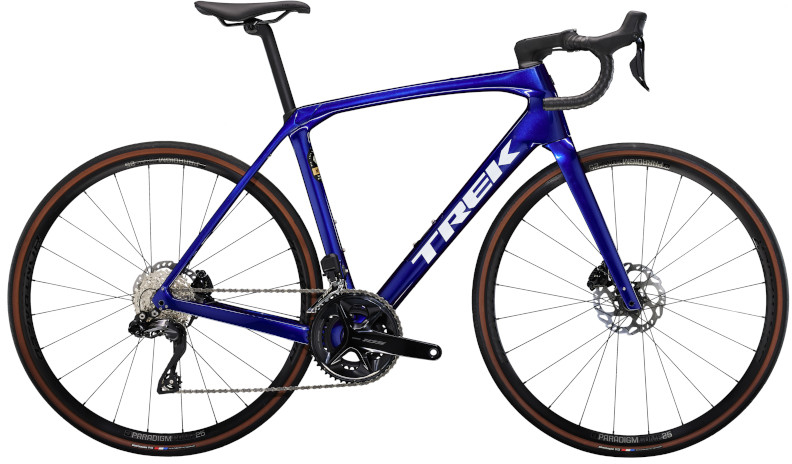
The Domane has always been an endurance bike but the new Domane SL 6 takes that to another level. The new Gen 4 frame is 300g lighter than the old Gen 3 model and significantly more aerodynamic. It also comes with IsoSpeed decouplers to allow small amounts of movement in the frame as you hit bumps. With 700x32c tyres fitted as standard, and space for up to 38c tyres, this bike is built for rough country lanes and doesn’t mind a bit of light gravel riding as well. Gearing comes from the brand new Shimano 105 Di2 electronic system. This is a high tech bike that will be fast and comfortable to ride on low tech UK roads.
Cannondale Synapse 2 RLE - £5800
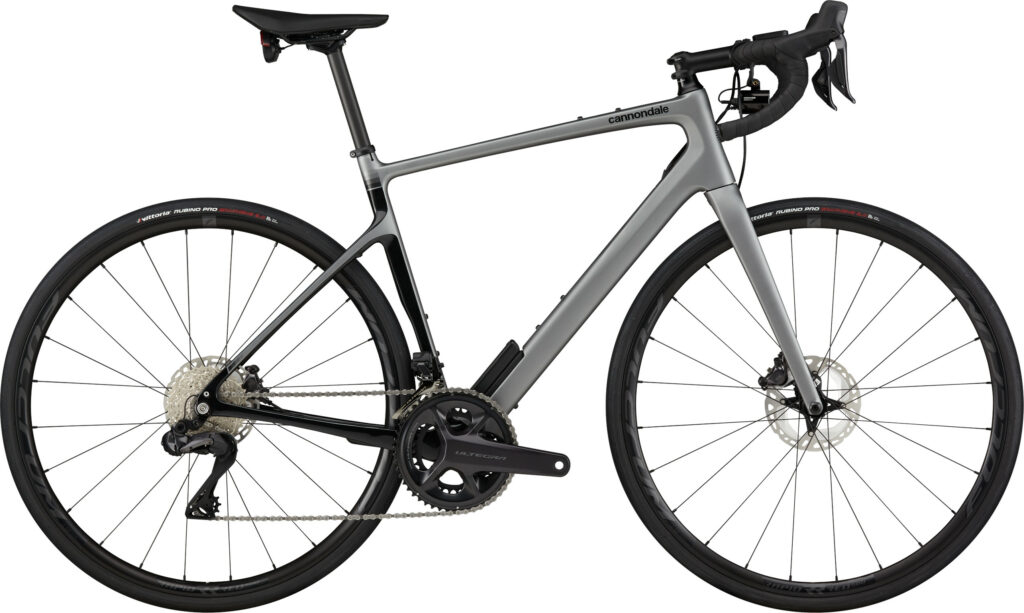
If you like your tech then the Synapse RLE is the bike for you. It’s a carbon frame endurance bike but the RLE bit is where it is different. The R stands for Radar and this bike comes equipped with a rear facing radar unit to warn you about approaching cars. L stands for lights which are built into the bike and powered off the same internal battery as the radar. They are mainly designed for daytime running so you stand out on the road. Finally the E stands for Electronic gearing with the bike coming fitted with a 2x12 speed Shimano Ultegra Di2 system. Again this is powered off the same internal battery as the lights and radar. You can even take the battery off the bike and charge your phone from it while you stop for a coffee.
